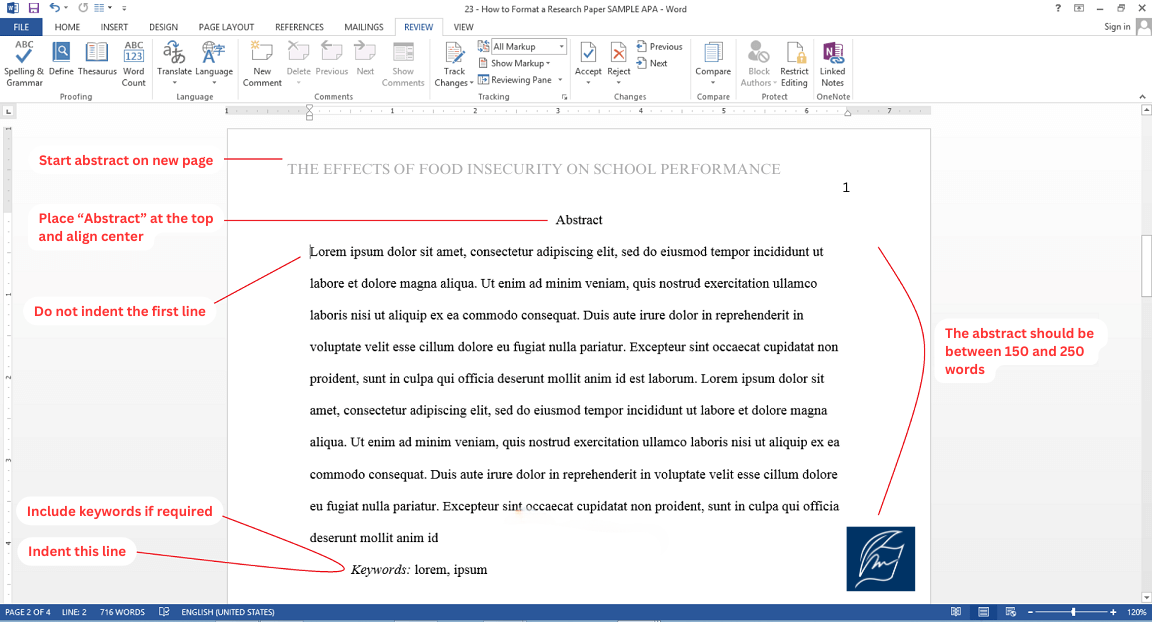How to Submit a Research Paper for Publication
Submitting a research paper for publication is an exciting yet challenging step in any researcher’s journey. The process involves selecting the right journal, adhering to strict guidelines, and often navigating publication costs. In this guide, we’ll explain everything you need to know, including popular journals for publication and how we can help you with services like formatting, editing, and submission.
Understand What is Research Paper Publication
Before you begin the submission process, it's essential to understand the purpose of research paper publication. Publishing your work allows you to:
Whether you are submitting to a prestigious journal like Nature or The Lancet or considering a platform for free research paper publication, the goal remains the same: to make your research accessible to a broader audience while ensuring it meets the highest academic standards.
Choose the Right Journal
Choosing the right journal is a critical step in the publication process. The journal you select will directly impact how your research is received within the academic community. Here's a detailed guide to help you make the best choice:
Understand the Journal’s Impact Factor
The impact factor measures how often articles from a journal are cited in other scholarly works. High-impact factor journals, such as Nature or The Lancet, are considered prestigious because their articles are frequently referenced by researchers worldwide.
However, while the impact factor is important, it shouldn’t be the sole deciding factor. Consider:
If you’re new to academic publishing, you might consider mid-tier journals with moderate impact factors, which are less competitive but still highly reputable.
Scopus Quartiles and Web of Science Indexing
In addition to the impact factor, understanding Scopus quartiles and Web of Science (WoS) indexing can help you evaluate journals more effectively:
Scopus Quartiles (Q1–Q4)
Web of Science Indexing:
WoS categorizes journals based on their focus and credibility:
Choosing the right index ensures your work is visible to the intended audience. If you’re unsure, our research paper publication consultancy can guide you in selecting Scopus- or WoS-indexed journals suited to your research.
Check the Journal’s Reputation
Reputation goes beyond impact factor. Look at the following:
Understand the Scope and Audience
Each journal has specific topics and fields it covers. Submitting to a journal that doesn’t align with your research focus is one of the main reasons for rejection.
Review previous publications from the journal to ensure your work fits its scope and target audience.
Look for Specific Features
Some journals offer features that may be important for your goals:
Our research paper publication consultancy services can guide you in selecting the best journal for your work. We consider factors like journal reputation, impact factor, and alignment with your research scope to increase your chances of acceptance.
Format Your Research Paper
Journals have strict guidelines for manuscript formatting. Your submission must adhere to these requirements to avoid desk rejection.
Key Elements of Formatting:

We offer professional manuscript APA formatting service and MLA formatting service to ensure your paper meets journal standards. We also assist with crafting the perfect format for research paper publication, guaranteeing compliance with submission guidelines.
Write a Strong Cover Letter
A well-written cover letter for research paper publication can significantly impact the editor's decision.
What to Include in a Cover Letter:
Our team can assist you in drafting a persuasive cover letter that captures the essence of your research and aligns with the journal’s requirements.

Understand Research Paper Publication Costs
While some journals offer free research paper publication, others may charge fees for services like open access, page charges, or color figures.
Types of Costs:
Evaluate your budget and weigh the benefits of paid versus free publication options. If cost is a concern, we can help you identify cost-effective journals.
Submit Your Paper Online
Most journals use online submission systems to streamline the process.
Steps to Follow:
Double-check your submission for errors before finalizing. Keep track of the submission confirmation and follow up with the journal for updates.
Respond to Peer Review
After submission, your paper will undergo peer review. This process involves other experts in your field evaluating your work for accuracy and originality.
How to Handle Feedback:
Promote Your Published Work
Once your paper is accepted and published, don’t stop there! Share your research with your academic network and on social media to maximize its impact. Platforms like ResearchGate and LinkedIn can help increase visibility.
Conclusion
Submitting a research paper for publication is a rewarding process that requires careful planning, attention to detail, and persistence. By following the steps outlined in this blog and utilizing our services, you can confidently navigate the challenges of academic publishing and achieve your publication goals.
Let us help you turn your research into a published masterpiece!

